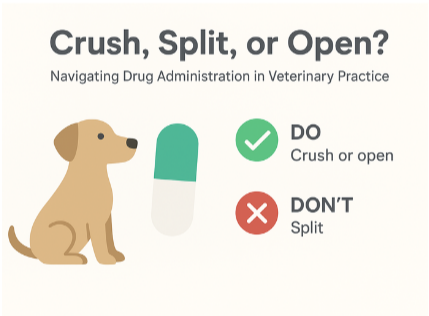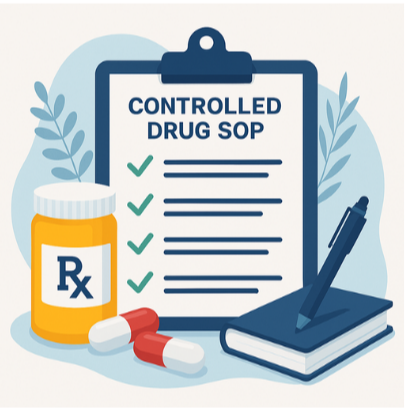Is My Controlled Drug Loss Significant
Learn how to evaluate discrepancies in controlled substance inventories by reviewing trends, usage data, and drug-specific factors to determine whether a loss is significant and requires DEA Form 106 reporting.


DEA regulations require reporting all significant thefts and losses of controlled substances using a DEA Form 106. So what makes a loss significant? If your inventory is off by 1 ml is that significant? What if you are off by 10 ml? Unfortunately, you won't find that answer anywhere in the DEA regulations, and asking the DEA directly likely won't be much more successful. So what should you do?
When you do your cycle counts of controlled drugs, and the amount present doesn't match the amount indicated in your log book, you should go through a series of steps to resolve that discrepancy. If you go through all the steps I outlined, and you still have drug missing, then you need to determine significance. Here's how I recommend going about doing that.
Step 1: Check Discrepancy Trends
Review all resolved discrepancies over the past 3 months to determine if there are trends with discrepancies involving the drug in question. Document any trends noted.
- Trends that should be considered include frequency, location, and employee involvement of unresolved discrepancies for the drug in question, instances of overfill being documented, and whether calculated hub loss is consistently well beyond the volume of any discrepancies.
- Consider whether noted trends have been consistent throughout the past 3 months or if there has been a change from one month to the next.
Step 2: Evaluate Use Trends
Run a report in your PIMS showing all dispensations of the drug in question from the location in question over the past 1-3 months with duration determined by frequency of dispensing. (i.e., high frequency of use, evaluate the past month; low frequency of use, evaluate the past three months). Alternatively, the controlled drug logbook can be used.
- Remove all known errors from the data.
- Determine the average volume dispensed per dose, the minimum volume dispensed, and the maximum volume dispensed during the time period evaluated.
Step 3: Drug-Specific Considerations
Consider drug-specific characteristics of the drug in question. These include the concentration, control schedule, volume required for human effect, and diversion potential/motivation based on public health/news trends.
Step 4: Make a Determination
Once the evaluation described in steps 1-3 is complete, the results of each step and their significance to the discrepancy in question should be summarized and used to determine if the loss is significant. The information in the summary should be designed to support the final recommendation.
- Maintain documentation of this evaluation and the resulting recommendation as much of the information can be reused for future evaluation and the determined cutoff for significance will likely remain consistent (e.g., drug characteristics, average dose volume and volume ranges, etc. will likely remain consistent over time.) You should also consider having an SOP on this!
Conclusion
If your loss is determined to be significant, then your must follow all reporting requirements including completion of a DEA Form 106 and anything else required by your state. When in doubt, assume a loss is significant.
If you still aren't sure where to start, consider having me write your controlled drug policies and SOPs for you. I can tailor these specifically to your practice and the state laws that apply, and even train your employees on them once they are complete.
Need Help Creating Controlled Drug SOPs?
👉 Click here to explore how we can help with your Controlled Drug SOP development.

Dr. Lauren Forsythe PharmD, MBA, DICVP
Modern Clinics Run on Highfive
Join our pack and get expert advice, clinic updates, and pet wellness tips delivered straight to your inbox.






